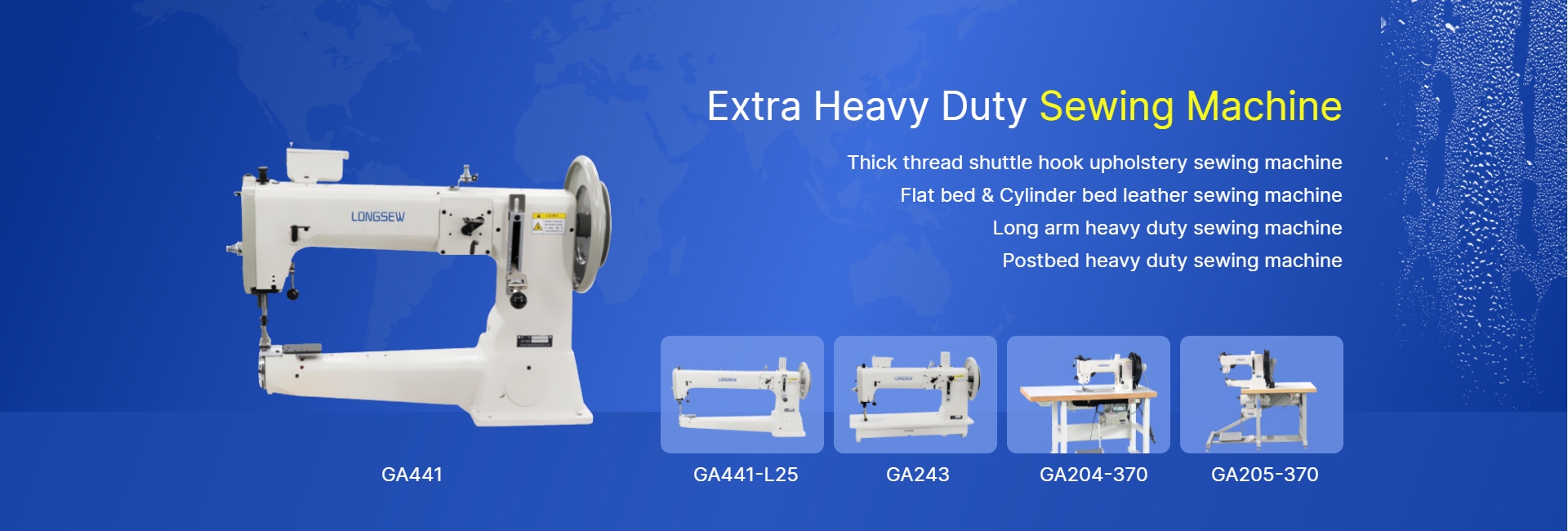what makes a sewing machine heavy duty
What Makes a Sewing Machine Heavy Duty?
When it comes to sewing machines, the term heavy duty is often associated with the ability to work with tougher fabrics and perform more demanding tasks than standard machines. Choosing the right heavy-duty sewing machine can greatly enhance your sewing capabilities, whether you are a professional tailor, an avid seamstress, or a hobbyist looking to tackle more complex projects. But what exactly makes a sewing machine heavy duty?
Sturdy Construction
One of the primary features that differentiate a heavy-duty sewing machine from a regular one is its construction. Heavy-duty machines are built with robust materials, often featuring an all-metal body that ensures durability and stability. This sturdiness allows the machine to handle greater vibration and stress, which is especially important when sewing thick materials like canvas or leather. A well-constructed machine will also resist wear and tear, making it a long-lasting investment for your sewing needs.
Powerful Motor
Heavy-duty sewing machines typically come equipped with more powerful motors. This increased power means that the machine can deliver a higher sewing speed and penetrate thicker layers of fabric with ease. Standard sewing machines may struggle with heavy materials, causing the motor to overheat or even stall. In contrast, a heavy-duty machine can maintain consistent performance, ensuring that your projects proceed smoothly without interruptions.
Enhanced Feeding System
Another crucial aspect of heavy-duty sewing machines is their enhanced feeding systems. These machines often incorporate features such as walking feet, which help to move multiple layers of fabric uniformly, preventing bunching or shifting. A reliable feeding system is essential when working with thick or slippery materials, as it ensures precise stitching and a professional finish.
what makes a sewing machine heavy duty

Versatile Stitch Options
While heavy-duty machines excel at handling heavy fabrics, they also offer a variety of stitch options to accommodate different projects. From straight stitches to zigzag patterns and decorative stitches, a versatile machine allows users to be creative while tackling a range of sewing tasks. Many heavy-duty models come with adjustable stitch lengths and widths, giving you more control over your sewing outcomes.
Easy Maintenance and Repair
Heavy-duty machines are often designed for easy maintenance and repair. With more accessible components, you can perform routine checks and cleanings without needing specialized tools or skills. This ease of maintenance not only extends the life of your machine but also ensures consistent performance for all your sewing projects.
Greater Work Area
Heavy-duty sewing machines typically provide a larger work area, making it easier to manage big projects like quilts or upholstery. A spacious sewing bed allows you to maneuver heavy fabrics without difficulty, reducing frustration and promoting better accuracy in your work.
Conclusion
In conclusion, the heavy-duty sewing machine is defined by its robust construction, powerful motor, enhanced feeding system, versatile stitch options, easy maintenance, and greater work area. Investing in a heavy-duty sewing machine can be transformative for your sewing experience, allowing you to confidently take on a wider array of projects with improved results. Whether you’re repairing outdoor gear, crafting home décor, or diving into quilting, a heavy-duty sewing machine equips you with the tools necessary for success. Ultimately, understanding these features enables you to make an informed decision when selecting the right machine for your sewing needs.
-
Boost Production Efficiency with a Pattern Sewing MachineNewsAug.29,2025
-
Industrial Excellence with the Best Heavy Duty Sewing MachineNewsAug.29,2025
-
Precision and Power with the Best Pattern Sewing MachineNewsAug.29,2025
-
Reliable Bulk Packaging Starts With the Right FIBC Sewing MachineNewsAug.29,2025
-
Advanced Packaging Solutions: Elevate Productivity with Jumbo Bag Sewing Machine and Industrial Stitching EquipmentNewsAug.29,2025
-
High-Performance Solutions for Bulk Packaging: FIBC Sewing Machine and MoreNewsAug.29,2025
-
Maximize Efficiency with an Industrial Cylinder Arm Sewing MachineNewsAug.28,2025


























